F5 NGINX AI Gateway Alternatives (Top 10) — What to Choose Instead
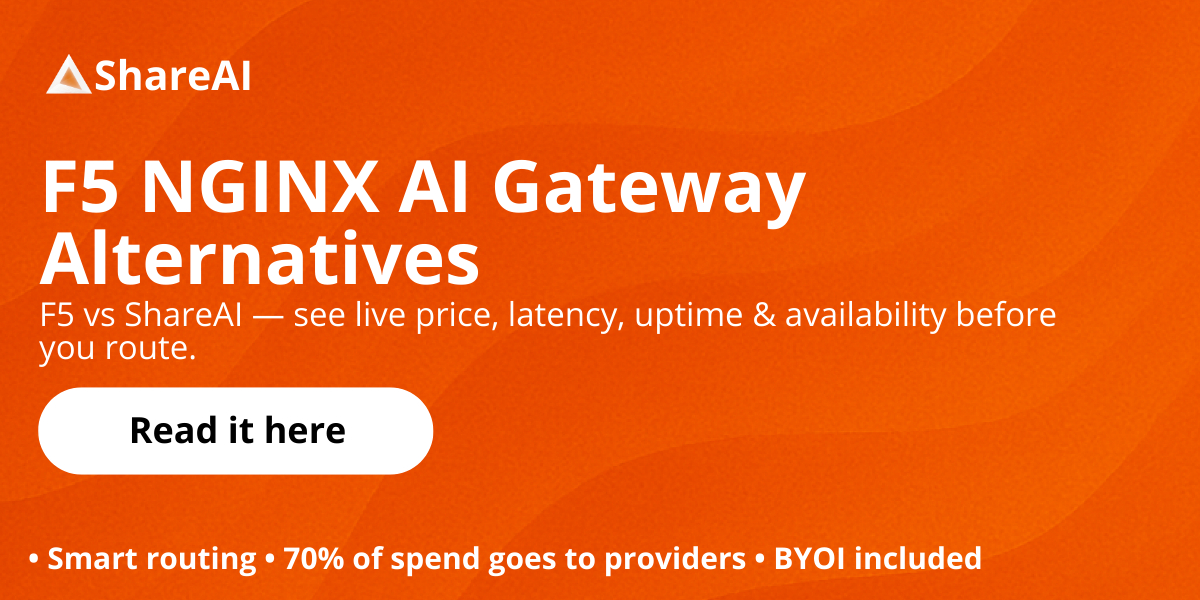
Updated October 2025
If you’re evaluating F5 NGINX AI Gateway alternatives, this guide maps the landscape like a builder would. First, we clarify what F5’s AI Gateway is—a control layer that adds AI-specific processors and policies on top of NGINX—then compare the 10 best alternatives. We place ShareAI first for teams that want one API across many providers, a transparent marketplace with price/latency/uptime/availability before routing, instant failover, and people-powered economics (70% of spend goes to providers).
What F5 NGINX AI Gateway Is (and Isn’t)
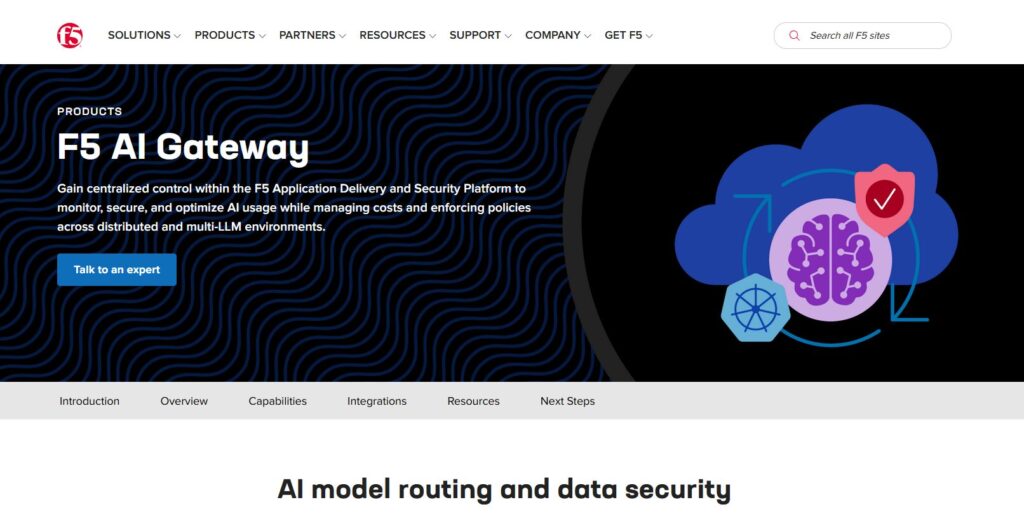
- What it is: A governance-first AI gateway. You configure routes/policies/profiles and attach AI “processors” (e.g., prompt-safety checks, content filters) that sit in front of your LLM backends. It centralizes credentials and applies protections before forwarding requests.
- What it isn’t: A transparent multi-provider marketplace. It doesn’t expose pre-route model pricing, latency, uptime, availability, or provider diversity the way an aggregator does.
- How it’s used: Often paired with an API gateway footprint you already have (NGINX), plus OpenTelemetry-friendly observability, to treat AI endpoints like first-class APIs.
Aggregators vs Gateways vs Agent Platforms
- LLM aggregators: One API across many models/providers with pre-route transparency (price, latency, uptime, availability, provider type) and smart routing/failover.
- AI gateways: Policy/governance at the edge (keys, rate limits, guardrails), plus observability; you bring your providers. F5 NGINX AI Gateway is in this category.
- Agent/chatbot platforms: Packaged UX, memory/tools, channels—geared to end-user assistants rather than provider-agnostic aggregation.
How We Evaluated the Best F5 NGINX AI Gateway Alternatives
- Model breadth & neutrality: Proprietary + open; easy switching; no rewrites.
- Latency & resilience: Routing policies, timeouts, retries, instant failover.
- Governance & security: Key handling, scopes, regional routing, guardrails.
- Observability: Logs/traces and cost/latency dashboards (OTel-friendly a plus).
- Pricing transparency & TCO: Compare real costs before you route.
- Developer experience: Docs, SDKs, quickstarts; time-to-first-token.
- Community & economics: Whether your spend grows supply (incentives for GPU owners).
Top 10 F5 NGINX AI Gateway Alternatives
#1 — ShareAI (People-Powered AI API)
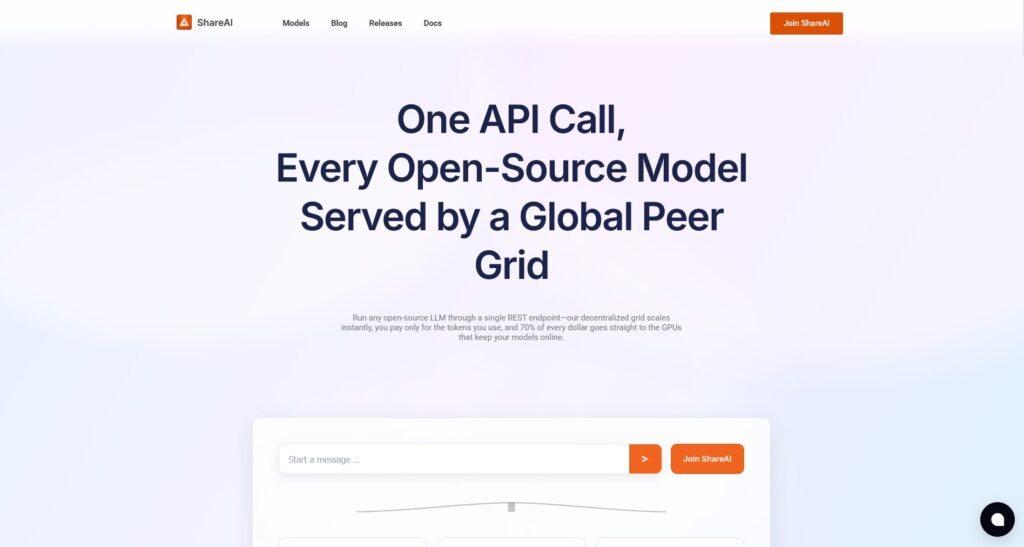
What it is. A multi-provider API with a transparent marketplace and smart routing. With one integration, browse a large catalog of models and providers, compare price, latency, uptime, availability, provider type, and route with instant failover. Economics are people-powered: 70% of every dollar flows to providers (community or company) who keep models online.
Why it’s #1 here. If you want provider-agnostic aggregation with pre-route transparency and resilience, ShareAI is the most direct fit. Keep a gateway if you need org-wide policies; add ShareAI for marketplace-guided routing.
- One API → 150+ models across many providers; no rewrites, no lock-in.
- Transparent marketplace: choose by price, latency, uptime, availability, provider type.
- Resilience by default: routing policies + instant failover.
- Fair economics: 70% of spend goes to providers.
For providers: earn by keeping models online. Onboard via Windows, Ubuntu, macOS, or Docker. Contribute idle-time bursts or run always-on. Choose your incentive: Rewards (money), Exchange (tokens/AI Prosumer), or Mission (donate a % to NGOs). As you scale, set your own inference prices and gain preferential exposure.
#2 — Kong AI Gateway
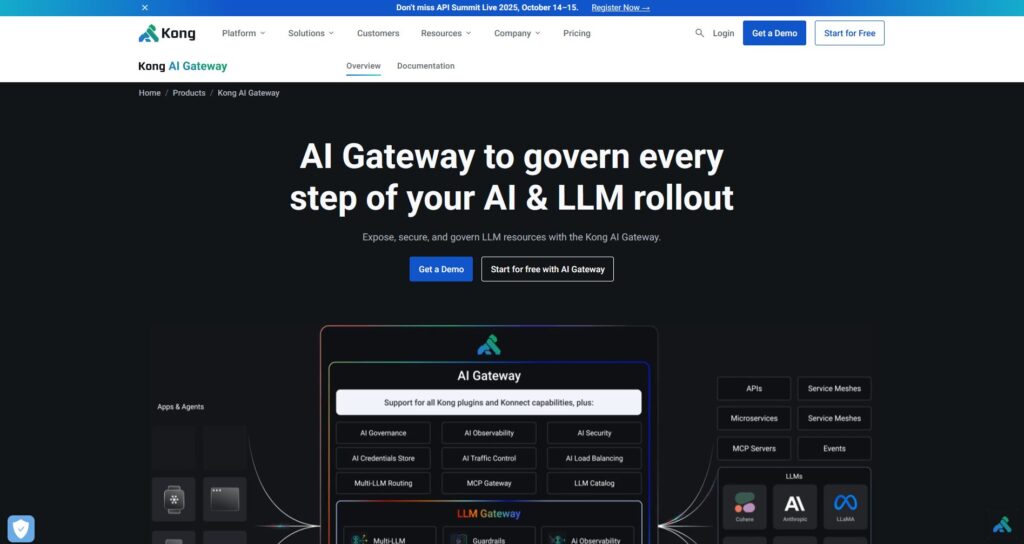
Enterprise AI/LLM gateway—governance, policies/plugins, analytics, observability for AI traffic at the edge. It’s a control plane rather than a marketplace.
#3 — Portkey
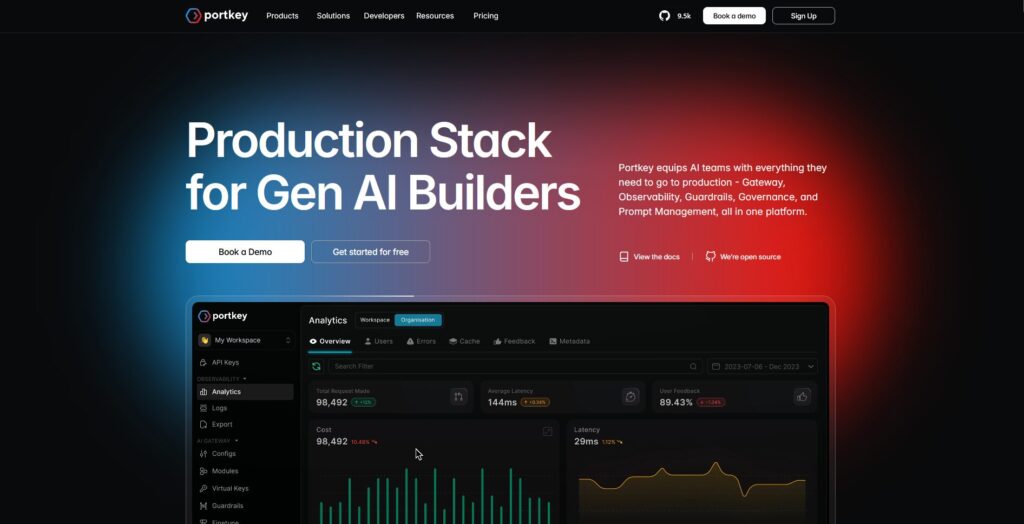
AI gateway emphasizing observability, guardrails, and governance—popular in regulated industries.
#4 — OpenRouter
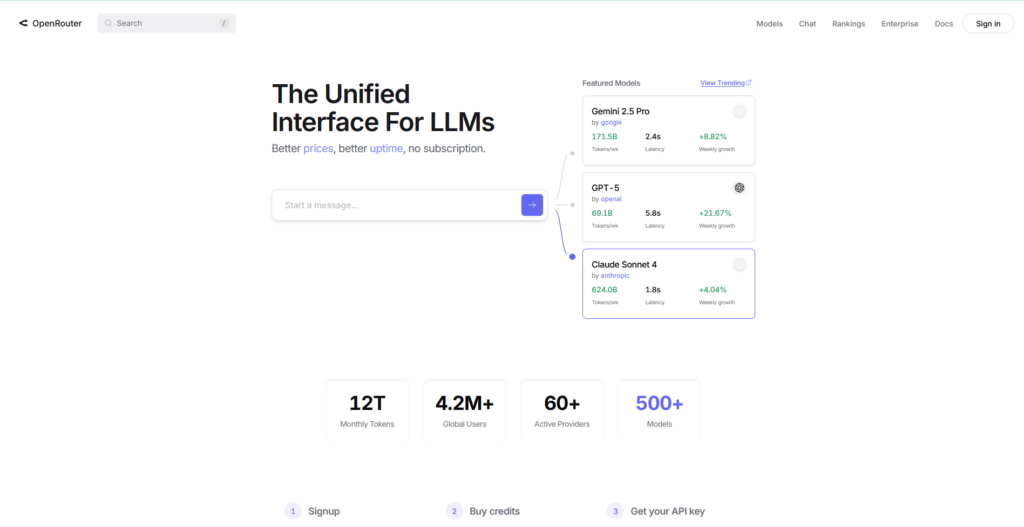
Unified API over many models; great for fast experimentation across a wide catalog.
#5 — Eden AI
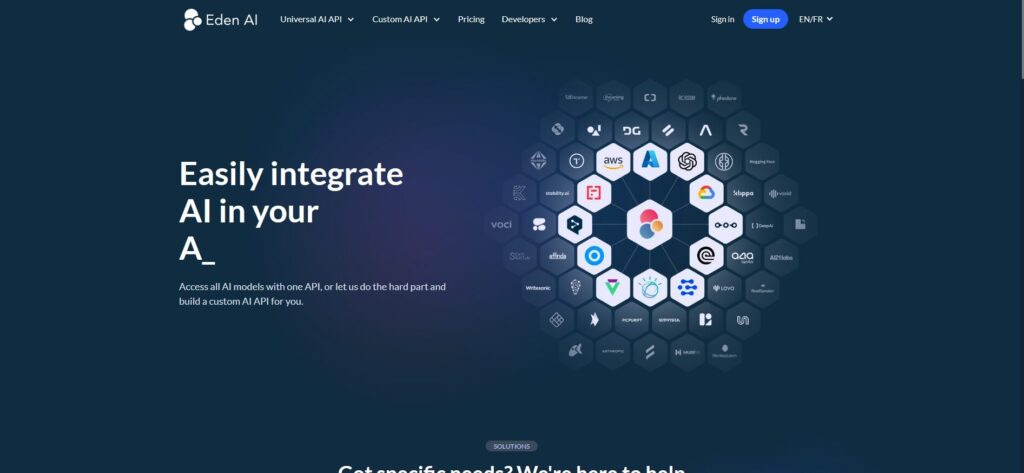
Aggregates LLMs plus broader AI capabilities (image, translation, TTS), with fallbacks/caching and batching.
#6 — LiteLLM
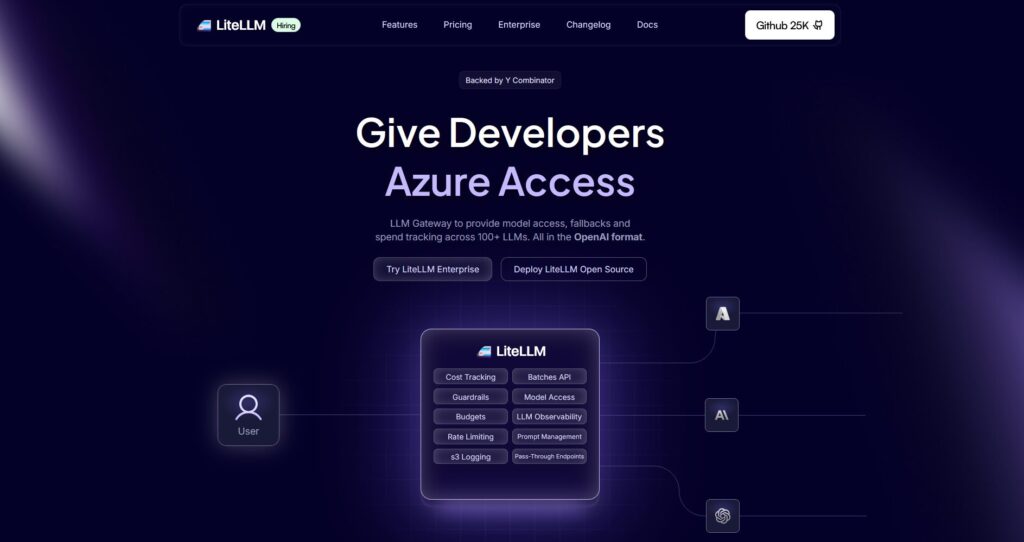
A lightweight Python SDK + self-hostable proxy that speaks an OpenAI-compatible interface to many providers.
#7 — Unify
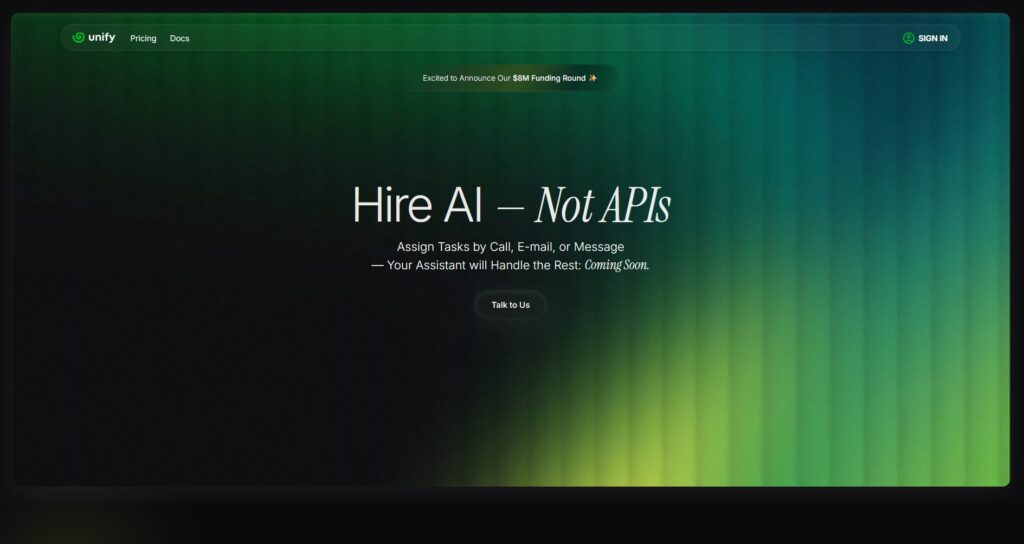
Quality-oriented routing and evaluation to pick better models per prompt.
#8 — Orq AI
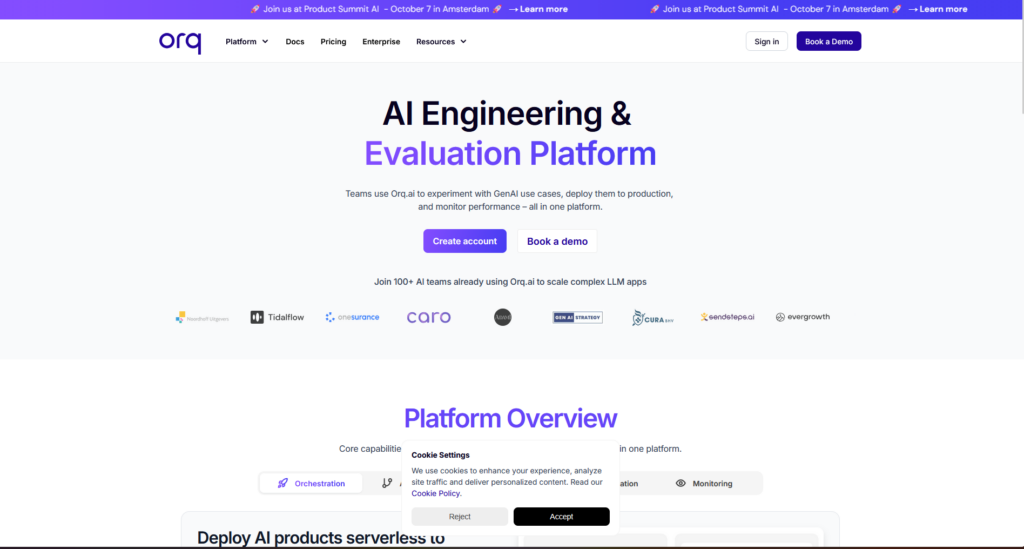
Orchestration/collaboration platform that helps teams move from experiments to production with low-code flows.
#9 — Apigee (with LLMs behind it)
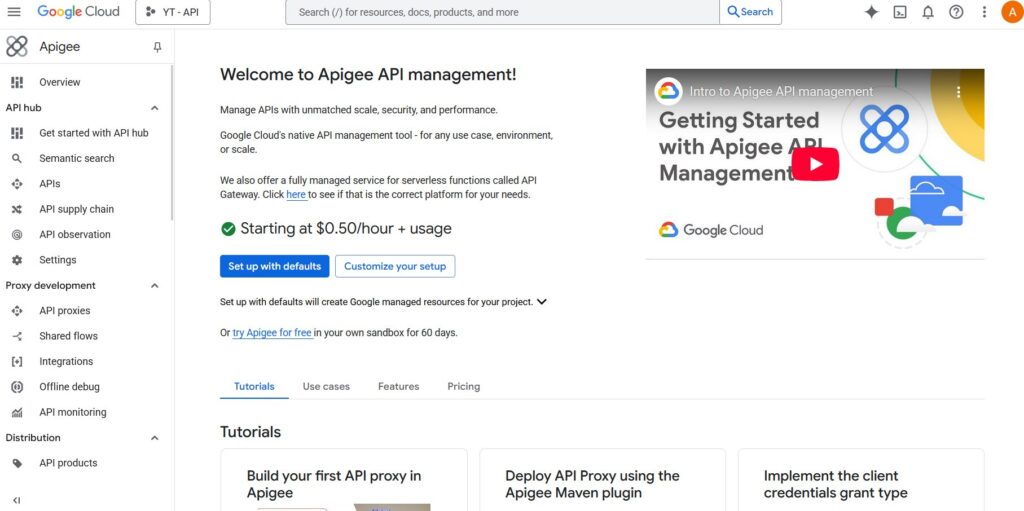
A mature API management/gateway you can place in front of LLM providers to apply policies, keys, and quotas.
#10 — Cloudflare AI Gateway
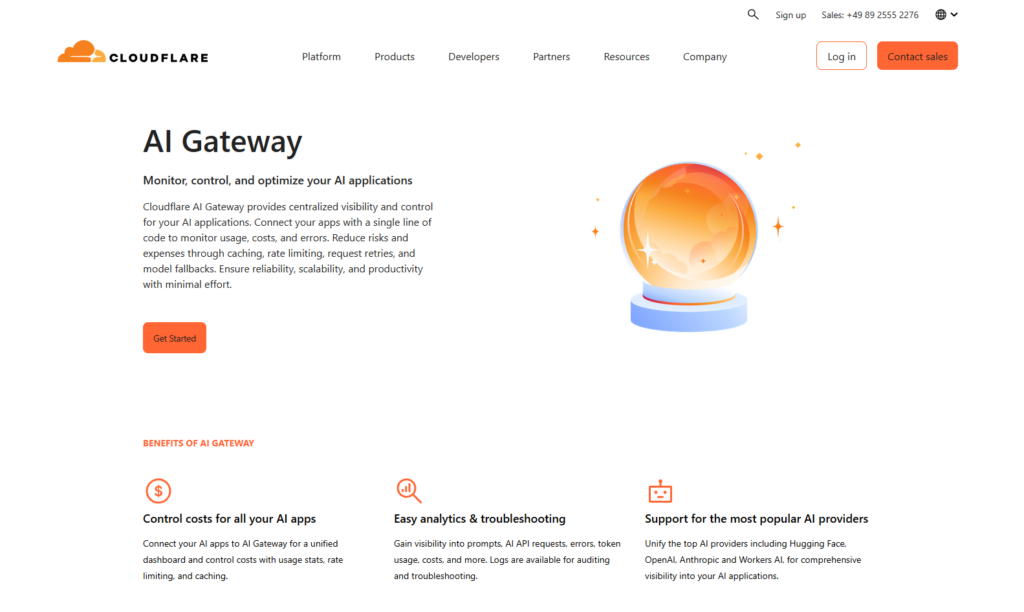
Edge-native gateway with usage analytics and caching/fallback features—an alternative if you prefer a global edge footprint.
F5 NGINX AI Gateway vs ShareAI
If you need one API over many providers with transparent pricing/latency/uptime and instant failover, choose ShareAI. If your top requirement is egress governance—centralized credentials, policy enforcement, and OTel-friendly observability—F5 NGINX AI Gateway fits that lane. Many teams pair them: gateway for org policy + ShareAI for marketplace routing.
Quick Comparison
| Platform | Who it serves | Model breadth | Governance & security | Observability | Routing / failover | Marketplace transparency | Provider program |
|---|---|---|---|---|---|---|---|
| ShareAI | Product/platform teams needing one API + fair economics | 150+ models, many providers | API keys & per-route controls | Console usage + marketplace stats | Smart routing + instant failover | Yes (price, latency, uptime, availability, provider type) | Yes — open supply; 70% to providers |
| F5 NGINX AI Gateway | Teams wanting egress governance over AI traffic | BYO providers | Policies & AI processors (guardrails) | Telemetry/export; OTel via NGINX stack | Conditional routing via policies | No (infra tool, not a marketplace) | n/a |
Pricing & TCO: Compare Real Costs (Not Just Unit Prices)
Raw $/1K tokens hides the real picture. TCO shifts with retries/fallbacks, latency (which affects usage), provider variance, observability storage, and evaluation runs. A transparent marketplace helps you choose routes that balance cost and UX.
TCO ≈ Σ (Base_tokens × Unit_price × (1 + Retry_rate))
+ Observability_storage
+ Evaluation_tokens
+ Egress- Prototype (~10k tokens/day): Optimize for time-to-first-token (Playground, quickstarts).
- Mid-scale (~2M tokens/day): Marketplace-guided routing/failover can trim 10–20% while improving UX.
- Spiky workloads: Expect higher effective token costs from retries during failover; budget for it.
Migration Guide: Moving to ShareAI
From F5 NGINX AI Gateway
Keep gateway-level policies where they shine; add ShareAI for marketplace routing + instant failover. Pattern: gateway auth/policy → ShareAI route per model → measure marketplace stats → tighten policies.
From OpenRouter
Map model names, verify prompt parity, then shadow 10% and ramp 25% → 50% → 100% as latency/error budgets hold. Marketplace data makes provider swaps straightforward.
From LiteLLM
Replace the self-hosted proxy on production routes you don’t want to operate; keep LiteLLM for dev if desired. Compare ops overhead vs. managed routing benefits.
From Unify / Portkey / Orq / Kong
Define feature-parity expectations (analytics, guardrails, orchestration, plugins). Many teams run hybrid: keep specialized features where they’re strongest; use ShareAI for transparent provider choice and failover.
Developer Quickstart (Copy-Paste)
The following use an OpenAI-compatible surface. Replace YOUR_KEY with your ShareAI key—get one at Create API Key. See the API Reference for details.
#!/usr/bin/env bash
# cURL — Chat Completions
# Prereqs:
# export SHAREAI_API_KEY="YOUR_KEY"
curl -X POST "https://api.shareai.now/v1/chat/completions" \
-H "Authorization: Bearer $SHAREAI_API_KEY" \
-H "Content-Type: application/json" \
-d '{
"model": "llama-3.1-70b",
"messages": [
{ "role": "user", "content": "Give me a short haiku about reliable routing." }
],
"temperature": 0.4,
"max_tokens": 128
}'// JavaScript (fetch) — Node 18+/Edge runtimes
// Prereqs:
// process.env.SHAREAI_API_KEY = "YOUR_KEY"
async function main() {
const res = await fetch("https://api.shareai.now/v1/chat/completions", {
method: "POST",
headers: {
"Authorization": `Bearer ${process.env.SHAREAI_API_KEY}`,
"Content-Type": "application/json"
},
body: JSON.stringify({
model: "llama-3.1-70b",
messages: [
{ role: "user", content: "Give me a short haiku about reliable routing." }
],
temperature: 0.4,
max_tokens: 128
})
});
if (!res.ok) {
console.error("Request failed:", res.status, await res.text());
return;
}
const data = await res.json();
console.log(JSON.stringify(data, null, 2));
}
main().catch(console.error);Security, Privacy & Compliance Checklist (Vendor-Agnostic)
- Key handling: Rotation cadence; minimal scopes; environment separation.
- Data retention: Where prompts/responses are stored, for how long; redaction defaults.
- PII & sensitive content: Masking; access controls; regional routing for data locality.
- Observability: Prompt/response logging; ability to filter or pseudonymize; propagate trace IDs consistently (OTel).
- Incident response: Escalation paths and provider SLAs.
FAQ — F5 NGINX AI Gateway vs Other Competitors
F5 NGINX AI Gateway vs ShareAI — which for multi-provider routing?
ShareAI. It’s built for marketplace transparency (price, latency, uptime, availability, provider type) and smart routing/failover across many providers. F5’s AI Gateway is an egress governance tool (routes/policies/processors + telemetry). Many teams use both.
F5 NGINX AI Gateway vs OpenRouter — quick multi-model access or gateway controls?
OpenRouter makes multi-model access quick; F5 NGINX AI Gateway centralizes policy and AI-specific protections. If you also want pre-route transparency and instant failover, ShareAI combines multi-provider access with a marketplace view and resilient routing.
F5 NGINX AI Gateway vs LiteLLM — self-host proxy or managed governance?
LiteLLM is a DIY proxy you operate; F5 NGINX AI Gateway is managed governance/observability for AI egress. Prefer not to run a proxy and want marketplace-driven routing? Choose ShareAI.
F5 NGINX AI Gateway vs Portkey — stronger on guardrails & traces?
Both emphasize governance and observability; depth/UX differ. If your main need is transparent provider choice and instant failover, add ShareAI.
F5 NGINX AI Gateway vs Unify — best-model selection vs policy enforcement?
Unify focuses on evaluation-driven model selection; F5 emphasizes policy/observability with AI processors. For one API over many providers with live marketplace stats, use ShareAI.
F5 NGINX AI Gateway vs Eden AI — many AI services or egress control?
Eden AI aggregates LLM + other AI services (image, TTS, translation). F5 AI Gateway centralizes policy/credentials with AI processors and telemetry. For transparent pricing/latency across many providers and failover, ShareAI fits.
F5 NGINX AI Gateway vs Orq — orchestration vs egress?
Orq helps orchestrate workflows; F5 governs egress traffic. ShareAI complements either with marketplace routing.
F5 NGINX AI Gateway vs Kong AI Gateway — two gateways
Both are gateways (policies, plugins, analytics), not marketplaces. Many teams pair a gateway with ShareAI for transparent multi-provider routing and failover.
F5 NGINX AI Gateway vs Apigee — API management vs AI-specific egress
Apigee is broad API management; F5’s AI Gateway is AI-focused egress governance atop NGINX. If you need provider-agnostic access with marketplace transparency, use ShareAI.
F5 NGINX AI Gateway vs Cloudflare AI Gateway — edge footprint or NGINX-centric?
Cloudflare offers edge-native analytics/caching; F5 aligns with NGINX-centric deployments and AI processors. For marketplace transparency and instant failover across providers, add ShareAI.
Try ShareAI Next
Open Playground · Create your API key · Browse Models · Read the Docs · See Releases · Sign in / Sign up
Note: If you’re comparing DIY NGINX configs or community “AI proxies” to gateways, remember they often lack marketplace-level transparency and managed routing/failover out-of-the-box. Gateways emphasize governance; ShareAI adds the marketplace view and resilient multi-provider routing.

